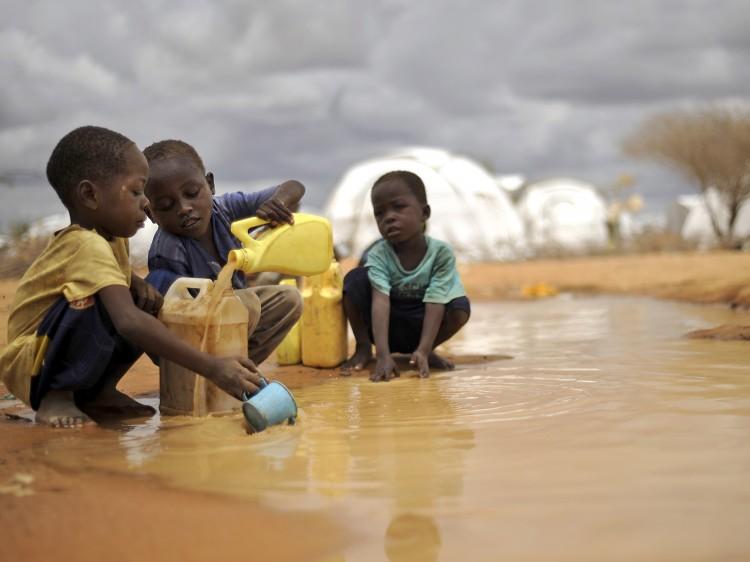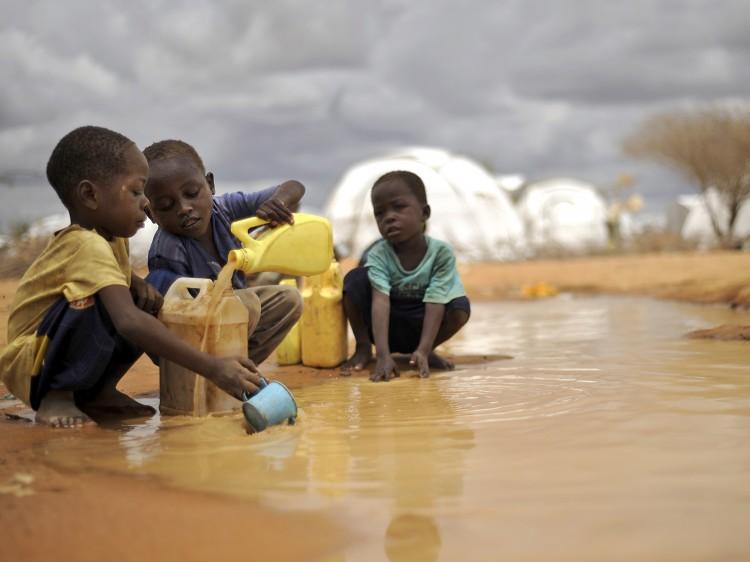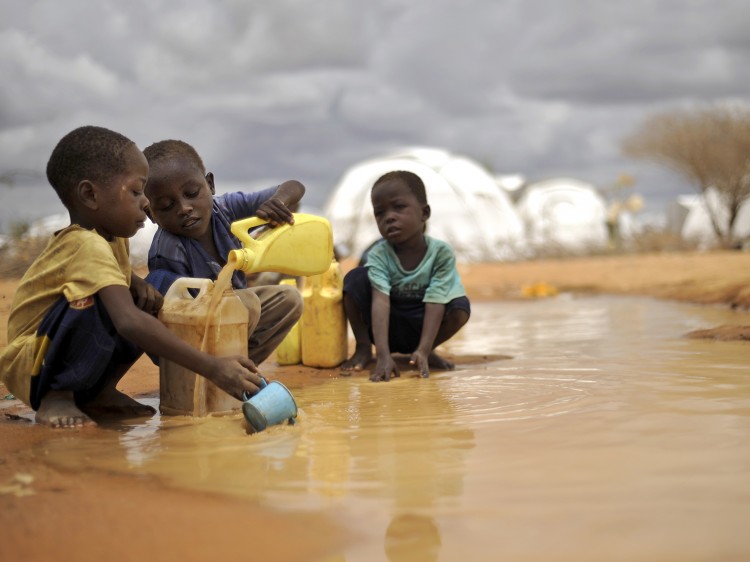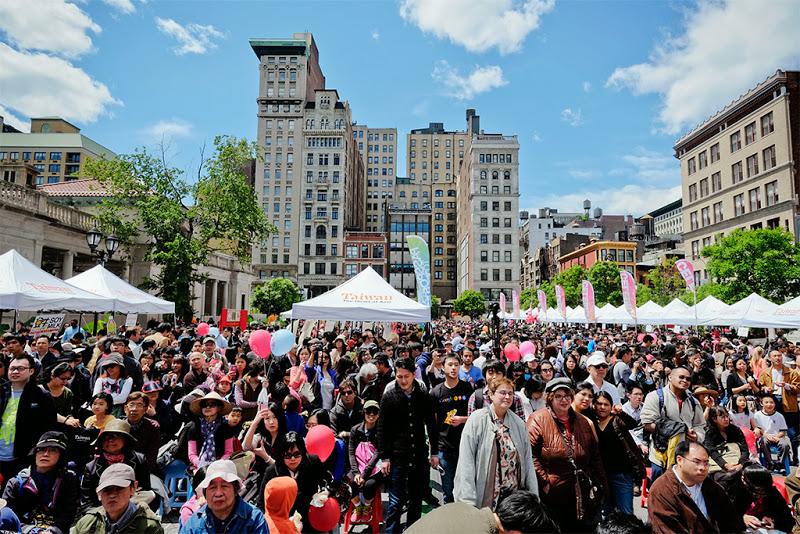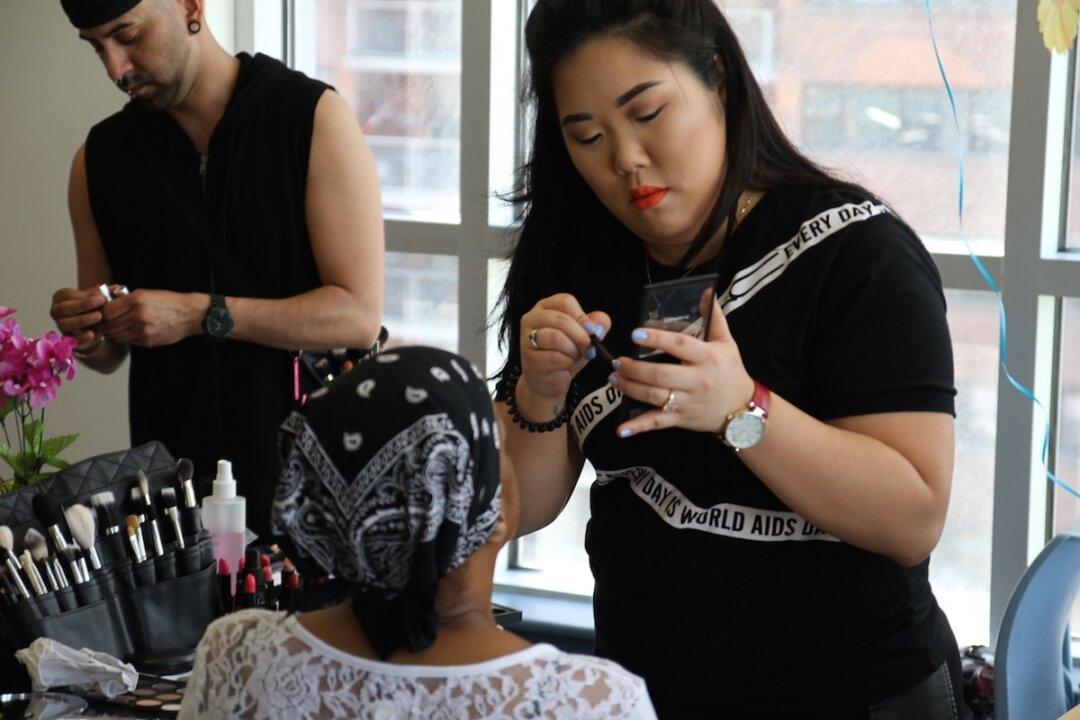With humanitarian assistance about to run out, conditions for Somali refugees in the world’s largest refugee camp, particularly for children, are grim and could get worse, warns a consortium of seven aid agencies.
Young people are at particular risk in the Dadaab refugee camp across the border in Kenya.
“You have lots of youth in Dadaab who can’t work,” Alun McDonald, Oxfam’s East Africa spokesman told AlertNet. “They’ve got limited ways of feeding their families.”
A year ago, when the famine in Somalia was declared, donors and the international community rushed to help, but now the camp is running out of funds as global attention shifts to other issues. Aid agencies are asking for $25 million to continue protecting the 465,000 people in the camp. Services will otherwise run out in two or three months.
“The funding shortfall means people who have fled unimaginable suffering are not getting the care they need,” said Stephen Vaughan, head of CARE Kenya.
“If children are not going to school and if people do not have proper shelter and other services, this has the potential to fuel further insecurity,” he added.
In addition, over 70 percent of children in the Dadaab camp are not attending school, according to Oxfam. Even those who are being educated have to deal with overcrowded classrooms where only one in every five teachers has formal training.
Nigel Tricks, head of Oxfam in Kenya, said in the report that refugee camps can only be a temporary solution, and that a long-lasting vision is needed that will get Somalis off short-term aid. Education, job training, and self-reliance building would help with this.
“However,” Tricks said, “right now, the world has an obligation not to turn its back on Dadaab and the needs of the people there.”
The food crisis remains unchanged since January in rural, urban, and refugee communities. Below-average rainfall in south Somalia is expected to produce insufficient crop yields during the upcoming harvest, according to a June update from the Food Security and Nutrition Analysis Unit for Somalia.
Given the dreadful prospects for children, one of the greatest worries is that they are being recruited into terrorist organizations.
Terrorist groups such as Al-Shabab, recruit boys as young as 8 into its forces and also abduct girls to cook, clean, or marry, according to an annual Amnesty International report in May.
Bomb and grenade explosions aren’t uncommon in Dadaab. The Kenyan government blames militants and terrorists for a number of crimes involving explosives.
Amnesty proposes an Arms Trade Treaty to regulate the global arms trade more stringently to keep armed groups from rearming themselves.
The Epoch Times publishes in 35 countries and in 19 languages. Subscribe to our e-newsletter.
